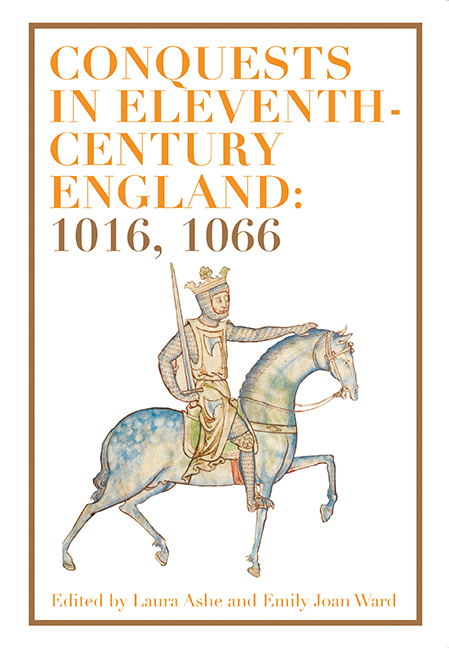5 - Currency and Conquest in Eleventh-Century England
Published online by Cambridge University Press: 26 April 2020
Summary
Coined money has always had a profound link to perceptions of authority. Isidore of Seville (d. 636) defined moneta as something which warned (monet) against fraud, and a nomisma as a coin stamped with the name (nomen) of a ruler. One of the most vivid conjunctions of extant coins and the historical records came when Charlemagne in 787 unexpectedly found himself with the heir to the troublesome south Italian principality of Benevento as a hostage. He only allowed the young prince, Grimoald, to go home and take up his inheritance after exacting an oath full of powerful symbolic commands: that the Lombards of Benevento should shave their chins, and that they should put Charlemagne's name on their charters and on their coins. Gold pieces from Grimoald's earliest years show that he did indeed follow through on this promise, at least for a while. But overt modification of the currency in this way was only one of the options on the table. Keeping the coinage going in much the same visible form as before sent a message that it was business as usual. This is, broadly speaking, what one sees at first glance when comparing the coinages associated with England's two conquests in the eleventh century. Neither Cnut nor William apparently felt any need to modify the essentials of the English monetary system, and the coinage remains one of the best illustrations of how successive conquerors retained effective elements of the late Anglo-Saxon infrastructure. But in terms of how each exploited that system, and used it to help squeeze wealth out of the English more effectively, they did depart from recent tradition.
The system Cnut and William found had a long history behind it. Minting had been a royal prerogative since the middle of the eighth century, with restrictions on which coins could be used in circulation. An important difference between Anglo-Saxon and Carolingian currency was that the former depended on a more or less direct relationship between king and moneyers, while in the Carolingian Empire and its heirs local magnates mediated between the king and the manufacturing process. In England, the partnership of king and moneyers formed the basis for geographical expansion in the monetary system from the later ninth century onwards, as new mint-places sprang up, often in association with newly established fortress towns.
- Type
- Chapter
- Information
- Conquests in Eleventh-Century England: 1016, 1066 , pp. 85 - 98Publisher: Boydell & BrewerPrint publication year: 2020



